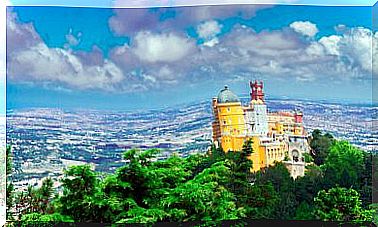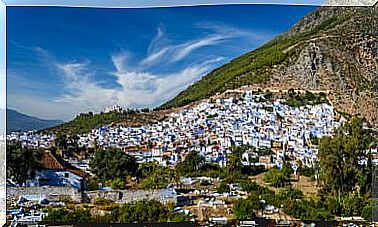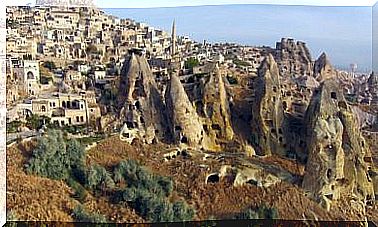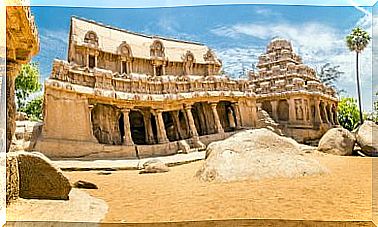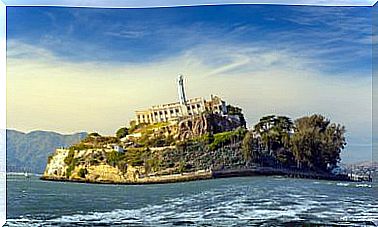How Was The Roman Aqueduct Of Segovia Built?
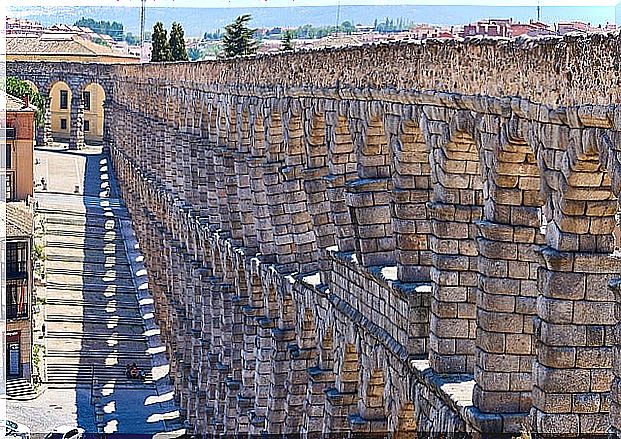
Can you imagine how the works must have been in ancient times? Rome and Greece built surprising infrastructures for their limited possibilities. For this reason, we are going to know how the Roman aqueduct of Segovia was built. Do not lose detail.
Details on the construction of the Roman aqueduct of Segovia
Building a work of such magnitude required a lot of ingenuity in its day. The lack of means was made up for with knowledge and skill.
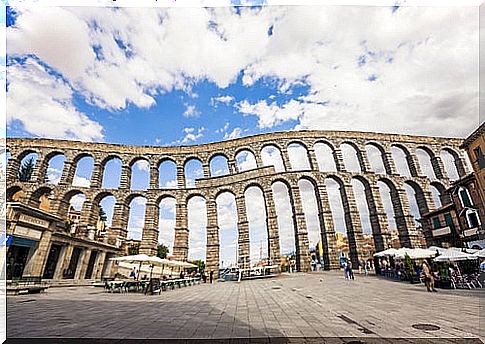
When building it, the Romans used strong scaffolding. These structures supported the falsework, in which the voussoirs of the arches fit, in whose central stone it had to be perfectly carved in the shape of a wedge to exert enough pressure.
They had to mark double holes, which are still seen today in the ends of each granite ashlar. And it is that to lift them they used a large number of metal pliers, which closed when pulled up and were tightened with the weight of the stone itself.
The ashlars were located low or below the ground. They were placed in place, transporting them directly to their final disposal, moving them through oak rollers. Then, they were dragged down small wooden ramps, being supported by scaffolding or displaced by the force of draft animals.
Operating at height
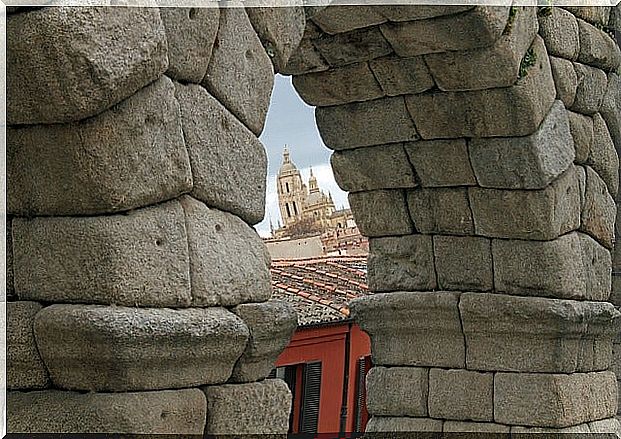
If the height where they operated was greater than the height of a man, they used to use lifting wheels of considerable size. They were moved by slaves, who turned a shaft on which the hemp rope was wound, which, by a system of pulleys, made it possible to raise the ashlars.
On the scaffolding there was another group of workers who were waiting to get into the right place, adjusting the blocks with levers. In the same place, the stonemason was the one who finished the work with the carving and carving of the faces of each stone.
There are some stones in which you can also see the grooves in which the wooden wedges can be inserted. There they were driven in with water when they wanted to get perfect cuts in the granite.
It can be seen that the Roman aqueduct of Segovia is wider at the bottom. Then it decreases as its height increases. This is a pretty nifty solution that helps it support its own weight.
The union of the ashlars called “opus quadrata” is done without mortar, lead or cement. That is to say, these ashlars are united with the perfect study of the thrust of the stones.
Situation of the Roman aqueduct of Segovia
The Segovia aqueduct is responsible for conducting the waters from the Fuenfría spring. It is located in the nearby mountains, 17 kilometers from the city, in a place called La Acebeda. From there it travels more than 15 kilometers before reaching Segovia.
The tour
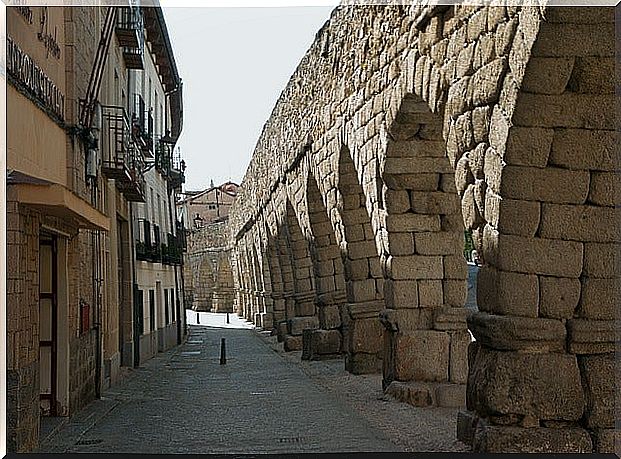
The water first collects a cistern called “El Caserón”. Then it is led through a channel of ashlars to a second tower, called Casa de Aguas. There it decants and grinds, and then continues on its way.
Once here, travel 813 meters, on a 1% slope, to the top of Postigo. This is a rocky spur on which Segovia was based around the famous fortress. Before this, in the Plaza de Día Sanz, it makes a sharp turn and goes towards the Plaza del Azoguejo, crossing the depression with an arcade, where you can see all the splendor of the monument itself.
The aqueduct
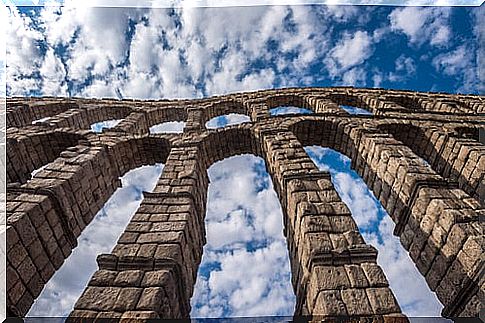
At its highest part it measures 28 meters. Between them there are 6 meters of foundations and two orders of arches on pillars, with 167 arches.
As you can see, the aqueduct of Segovia represents a great work of engineering that is a living sample of everything that the Romans could do. Still today we are impressed by the quality of construction and durability of its materials.
We are facing an architectural lesson on how to combine beauty and utility of use that the Romans gave us. The Castilian city has benefited from this, since it has in it, together with the fortress, one of the main symbols of Segovia.
The measures that have been signed today to respect the aqueduct did not exist in the past. For this reason, the fact that it has suffered wars and conflicts gives even greater value to its being preserved. Without a doubt, something that lovers of art and history should especially celebrate.
